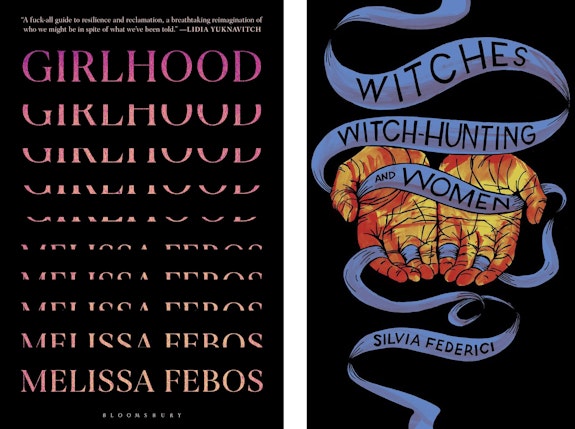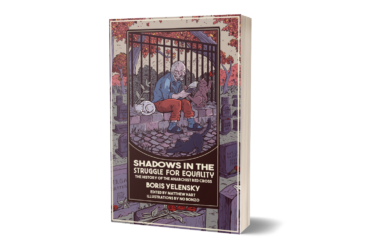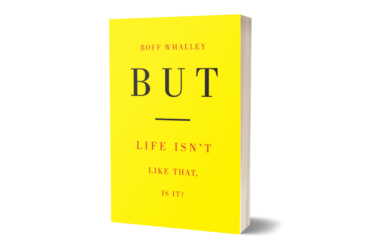By Corinne Manning
Brooklyn Rail
April 2021

Melissa Febos
Girlhood
(Bloomsbury, 2021) Silvia Federici
Witches, Witch-Hunting, and Women
(PM Press, 2018)
There is something about Girlhood, the newest essay collection by Melissa Febos that makes me want to address this review directly to the author. I know that a review of a book never suggests connection with the author. Yes, I can write this review talking about a woman, talking about her work, and I will for the form. However, in light of the explorations that Febos plumbs into the patterns of the hatred towards female and femme bodies in girlhood, and in light of a history of witches and witch-hunting provided by Silvia Federici that I will also explore here, I can’t pretend that this form I’m working in is counter to the work that Febos attempts with her newest collection: a gathering together. Never before have I read an essay collection that captures exactly the feeling of a sleepover with my best friend, whispering to each other in the dark.
There are stories that rose for me in this sheet covered dark as I read: the mystery of everyone in my first grade class knowing I was gay before I did, calling me a dyke, telling me I had crabs, that I was a condom. Then in sixth grade a girl stuck out her foot as I passed down the row. Her loafer lifted up the back of my uniform skirt. I froze, didn’t move. Then a boy named Albie said, “What are you doing? Nothing but cobwebs in there anyway.”
“There was a difference between my body in the world and my body at home,” Melissa Febos writes in her essay “Kettle Holes,” one of 11. Each essay stands alone but builds upon the others. Just as each of my own stories feel nested inside the next, the essays in Girlhood do the same. The book opens with “Scarification,” a list essay that, like the overture in a musical, plants every seed that the book will explore, a riff from every song: the size of her hands, wayfinding by the night sky, spitting, the secret kisses of another girl, wanting to meet the urgent desire of another boy. What you at first choose eventually chooses you; however, in most cases, what girls are forced to choose does not love them back. There is a path in middle age—or much earlier through disability—that has less to do with how other people value you, and even far less to do with value at all, but a body’s autonomy.
This notion of an adolescent girl’s and later woman’s value changing depending on who looks upon her is the question that drives the author: how does this split between the body at home and the body in the world take place, and at what point does the line dissolve so that even the private body behaves or rebels in the exact way capitalism has arranged?
In Silvia Federici’s treatise Witches, Witch-Hunting, and Women, an abbreviation of her longer text Caliban and the Witch, she “stirs the ashes” about the history of the witch-hunt. “What has remained unacknowledged,” Federici writes, “is that, like the slave trade and the [attempted genocide] of the indigenous populations in the ‘New World,’ the witch-hunt stands at a crossroad of a cluster of social process that paved the way for the rise of the modern capitalist world.” Witches were women “who resisted their impoverishment and social exclusion” as a result of land enclosure laws which included making begging and methods of mutual aid illegal; they were widows stripped of any access to land where they had once practiced subsistence farming. These women who resisted their forced impoverishment riled up their neighbors, were quarrelsome. The witch became “a woman of ‘ill repute’ who in her youth had engaged in ‘lewd,’ ‘promiscuous’ behavior.” She had children without being married and her demeanor “contradicted the model of femininity … and the reorganization of the family.” Sexual behavior and procreation was now under the rule of the state, as was land use, humans’ relationships to other animals, and especially women, femmes, and nonbinary people’s relationships to one another.
Melissa Febos’s own girlhood was one of the last left untouched by the internet. All this really means is that the only record we have is what Febos offers us, and perhaps the pace and distance that slut shaming takes place. In the early essays of Girlhood, Febos sets the scene, as a middle schooler who developed breasts and hips and thighs before her friends, and who just as suddenly watched desire flash across the eyes of boys and men when they took in her body. During those middle school years other girls violently separated themselves from her, just as boys and men violently drew towards her and then delivered the gossip to widen the rift between Febos and her female classmates.
In 1547 in England a proclamation was put forth that women were forbidden from meeting, gathering, and “babbling.” In Scotland just a few years later a torture device, the “gossip bridle,” was devised to lacerate a woman’s tongue as punishment for speaking against her husband or gossiping in her community. Gossip, Federici points out, is a word that in its Old English form related to godparent—one who holds the spiritual space—and then in early modern England the word shifted to “companions in childbirth not limited to the midwife.” Then it came to mean women friends, with “no necessary derogatory connotations.”
And yet, in Girlhood, in our year 2021, there is a lack of female friendship aside from the connection Febos strikes with the reader, and the powerful moment of defiance that comes when she befriends another slut named Jessica. As female friendship was one of the targets of the witch-hunt (daughters turned in their own mothers), Girlhood rests as a document of how that division has been sufficiently accepted and normalized. However, Girlhood in its form reasserts what has been taken from women and all people: what Federici refers to as the multicultural role of women as “weavers of memory.” The radical connection in the book exists through stories of the women she interviewed, gossip and the slut shaming they received, and the stalkers who made their lives hell. Federici reminds us that in various cultural traditions it is the gathering of women who “keep alive the voices of the past and the histories of the communities, who transmit them to the future generations and, in so doing, create a collective identity and a profound sense of cohesion.”
In one of Girlhood’s most powerful essays, “The Mirror Test,” Febos leads us through the transformation of slut over time:
Slut’s pennies: 18th century chewy nodules found in bread from incomplete kneading of dough.
Slut’s wool: dust on the floor left by a maid.
Slut’s corner: a corner of the room overlooked by a maid’s cleaning.
Slut’s hole: dirt in a sewer.
A man could be sluttish because of his dirty jacket, but never for the work of a woman. “Oh, was I ever a messy child, a real slut in the making.” In this essay Febos interviews 22 other women who had been slut shamed: by their entire school, by their dean, by their vice principal, by their families. All 22 of the women qualified during adolescence as some kind of other by race, body shape, class, gender, or family background. Black women and women of color were particularly targeted by shaming and sexual violence, as were those whose bodies matured early, had a different gender identity, or were poor.
“Goodness is a thing you earn in the eyes of others,” Febos writes. This is earned through cleaning, caretaking, meeting men’s sexual needs, not too eagerly and not too chastely, and taking down other women. As a budding artist and an adolescent simultaneously learning about the orgasmic pleasure of her body, Febos writes, “Just think of all the things a woman can do rather than clean.” An orgasm is consistent and private, “a firework in the dark of one’s own body.”
This body transforms “depending on what eyes beheld it, like a superhero or a monster.”
The Devil was called up to justify the operation of the witch-hunt: Women were under powers they could not control that caused them to act out against sexual norms. The witch-hunt placed sexual behavior and procreation under the rule of the state. By associating women as being under the sway of a monster or the Devil, Federici reminds us that “only through their demonization could forms of behavior that in the past had been tolerated or viewed as normal be rendered as odious and frightening in the eyes of a broader population.”
As an adult, and as a former Pro Domme, Febos spit in her clients’ mouths and felt a power rush through her that touched the tendrils of when, as a pre-teen, a boy spit on her every day because he thought “she could take it.” She also finds that she struggles to say no at a non-sexual cuddle party designed to help people practice consent. How easy it is to always relinquish the body to men’s needs. The witch-hunt does its work well. In the essays that capture her struggle as an adult to reclaim the body she relinquished (because every femme and assigned female at birth body belongs to the State), her prose flexes with ease even as her psychological and physical efforts are muscular. She returns to the cuddle party a second time only to say no, she gently tends to her damaged nerves and muscles from decades of wearing only heels because she believed her body too short for flats, she is naked with a partner, she is accountable to her mother, she speaks to other women, she is celibate for a year, she gossips, she finds a revolutionary love with a new partner. However, “even the fiercest love can’t treat what you conceal from it.”
In Les Calanques, the water the color of blue-green gems, she feels her relationship to land, to water, an organic thing. The middle-aged body, the disabled body, the trans body, the post menopausal body is discarded by the gaze of men and women alike. The body stands scarred, heavy, and resplendent, like land that has ceased to be an item of property, or is too harsh to host life. “We are like cicadas,” she wishes to tell her younger self. “When we rise from the ground, we shed our old bodies, but we don’t forget them … If we are lucky, we don’t die. We get to live for a while inside that new life.”
There are stories, from the age of the witch-hunt in northern Europe, when older women were discarded and ushered into poverty, of these crones going from house to house trying to rekindle the mutual aid which communities were built upon. When a household denied them help, they of course cursed the house, and perhaps used a charm that caused the oldest child to die, the livestock to become rank and barren. The body that survives capital accumulation weaves the memory. Melissa Febos, in a triumph, does such.







